For wildlife photographers, capturing stunning images of birds in their natural habitats requires patience, skill, and the right equipment. Among the most valuable tools in a bird photographer’s arsenal is a quality portable blind. These concealment structures allow photographers to get remarkably close to birds without disturbing their natural behavior, resulting in authentic and intimate photographs. The market offers numerous options ranging from pop-up tents to cleverly designed camouflage systems that balance portability with functionality. Whether you’re a professional ornithological photographer or an enthusiastic hobbyist, selecting the right portable blind can significantly elevate your bird photography experience and results.
Understanding the Importance of Bird Blinds
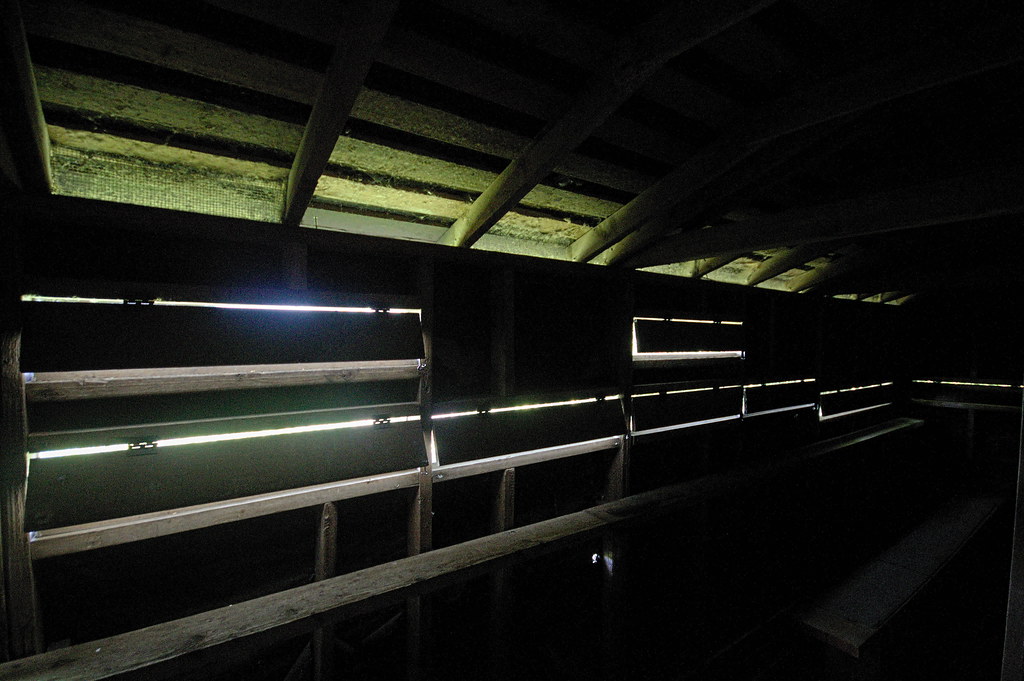
Bird blinds serve as essential tools for wildlife photographers seeking to capture authentic bird behavior without human interference. These specialized structures create a barrier between the photographer and their subjects, allowing birds to act naturally without the stress of a visible human presence. Beyond improving photograph quality, blinds demonstrate ethical wildlife photography by minimizing disturbance to sensitive species during crucial activities like feeding, mating, or nesting. For many bird species, particularly those easily startled by human activity, blinds make the difference between no photograph and an award-winning shot. Additionally, blinds offer photographers protection from elements like wind, light rain, and sun, enabling longer and more comfortable photography sessions.
Key Features to Consider When Choosing a Portable Bird Blind
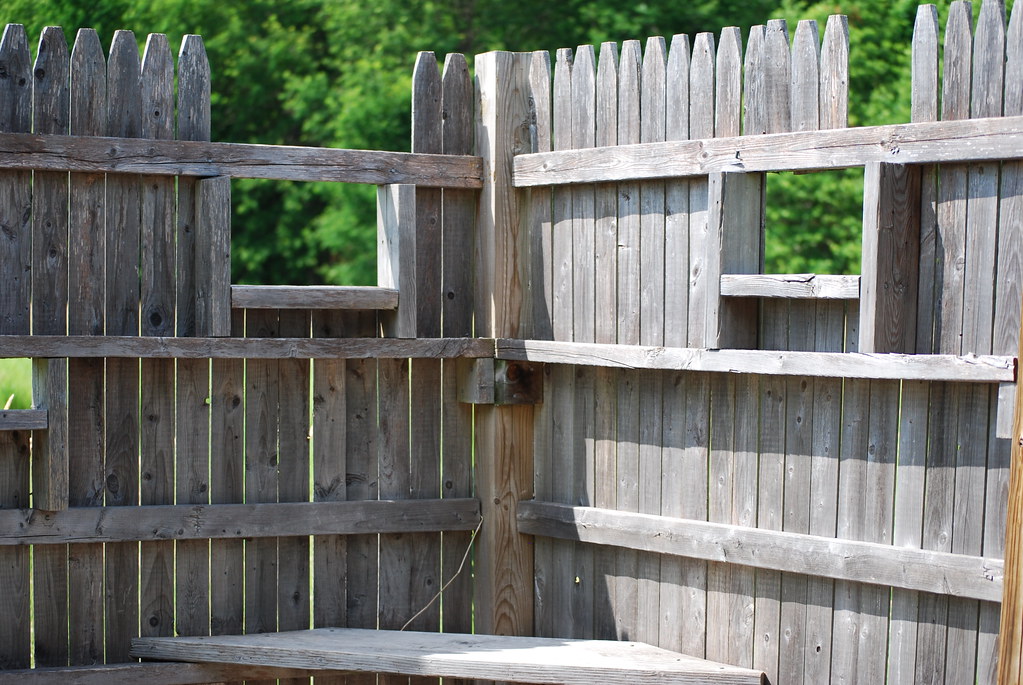
When selecting a portable bird blind, several critical features deserve careful consideration to ensure you invest in equipment that meets your specific needs. Portability stands as perhaps the most obvious factor – the ideal blind should collapse into a manageable size and weight for transportation to remote locations while remaining sturdy enough for practical use. Camouflage quality varies significantly between models, with premium blinds offering region-specific patterns that blend seamlessly with different environments. Viewing ports and camera openings must provide sufficient flexibility for tracking birds while maintaining concealment, with some high-end models featuring specialized silent-operation windows. Additionally, evaluate setup time, weather resistance, interior space, and ventilation, as these factors directly impact your comfort during potentially long photography sessions.
Pop-Up Style Blinds: Speed and Convenience
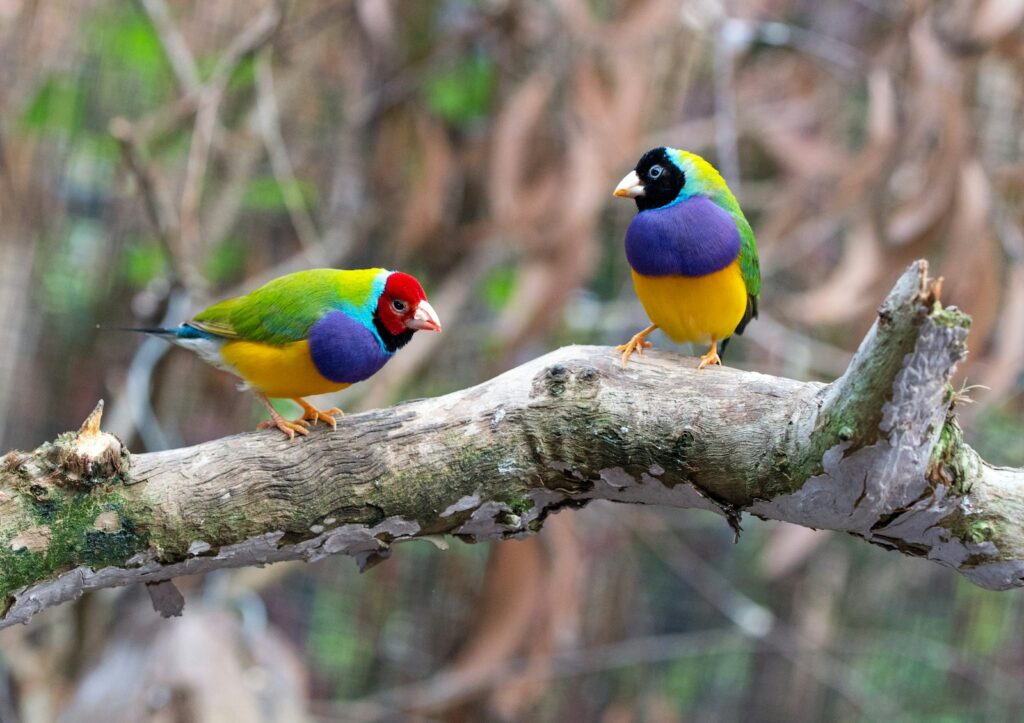
Pop-up blinds represent the fastest deployment option in the portable blind market, making them ideal for photographers who value quick setup or frequently change locations. These blinds typically utilize spring-loaded frames that instantly expand into position when removed from their carrying cases, allowing setup in under a minute without tools or complicated assembly steps. Despite their convenience, quality pop-up blinds maintain excellent stability in moderate weather conditions while packing down into remarkably compact carrying cases weighing as little as 5-8 pounds. Manufacturers like Ameristep, Primos, and Xenek offer popular models featuring weather-resistant materials, multiple shooting windows, and ground stakes for additional stability. The primary trade-off for this convenience comes in slightly less customization and potentially less durability than some heavier-duty options.
Hub-Style Blinds: The Perfect Balance
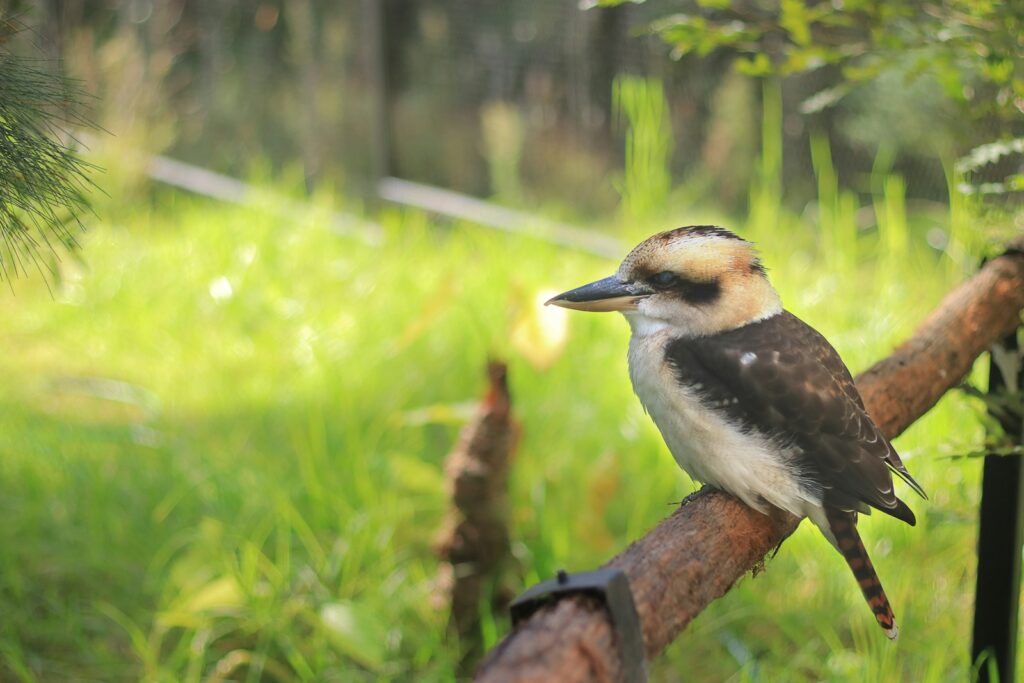
Hub-style blinds represent an excellent middle ground between ultra-quick pop-ups and more substantial traditional blinds, offering a balance of convenience and durability that appeals to many serious bird photographers. These blinds utilize a hub-and-spoke design similar to camping tents, typically requiring 3-5 minutes for complete setup while providing more robust construction than basic pop-ups. The additional assembly time translates to superior stability in challenging weather conditions, with many models capable of withstanding moderate winds that would compromise simpler designs. Manufacturers like LensCoat, Tragopan, and higher-end Ameristep models incorporate thoughtful features including reinforced corners, specialized camera ports with silent operation covers, and more substantial materials throughout the construction. For photographers regularly spending several hours in a blind, the modest additional setup time proves worthwhile for the enhanced comfort and reliability.
Traditional Frame Blinds: Maximum Stability and Customization
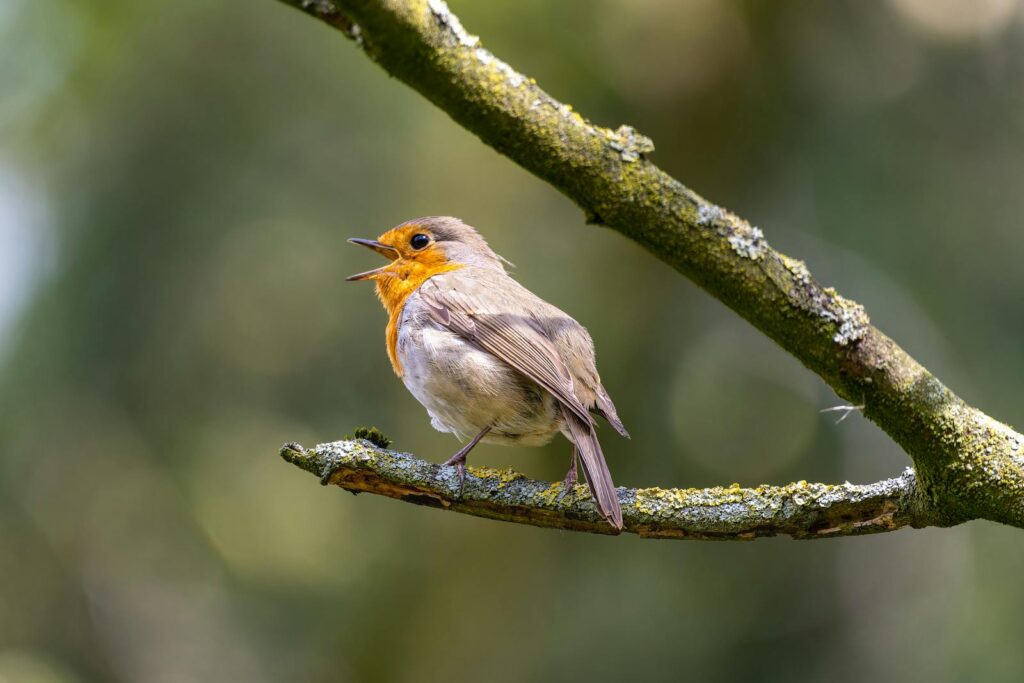
Traditional frame blinds utilize separate pole structures that assemble into free-standing systems, offering unmatched stability and customization at the cost of longer setup times. These blinds typically feature aircraft-grade aluminum or fiberglass pole systems that create exceptionally rigid structures capable of withstanding significant wind and weather conditions that would compromise lighter designs. The modular nature of traditional frames allows for field repairs if components become damaged, unlike one-piece pop-up systems that may require complete replacement. High-end manufacturers like Outdoorsmans, Double Bull, and LensCoat offer premium models with precision-engineered components, specialized viewing ports with silent operation covers, and modular design elements allowing configuration changes based on specific shooting requirements. While these blinds generally weigh more (8-15 pounds) and require 10-15 minutes for assembly, their superior stability and weather resistance make them ideal for extended sessions in challenging conditions.
Wearable Blinds and Camouflage Systems
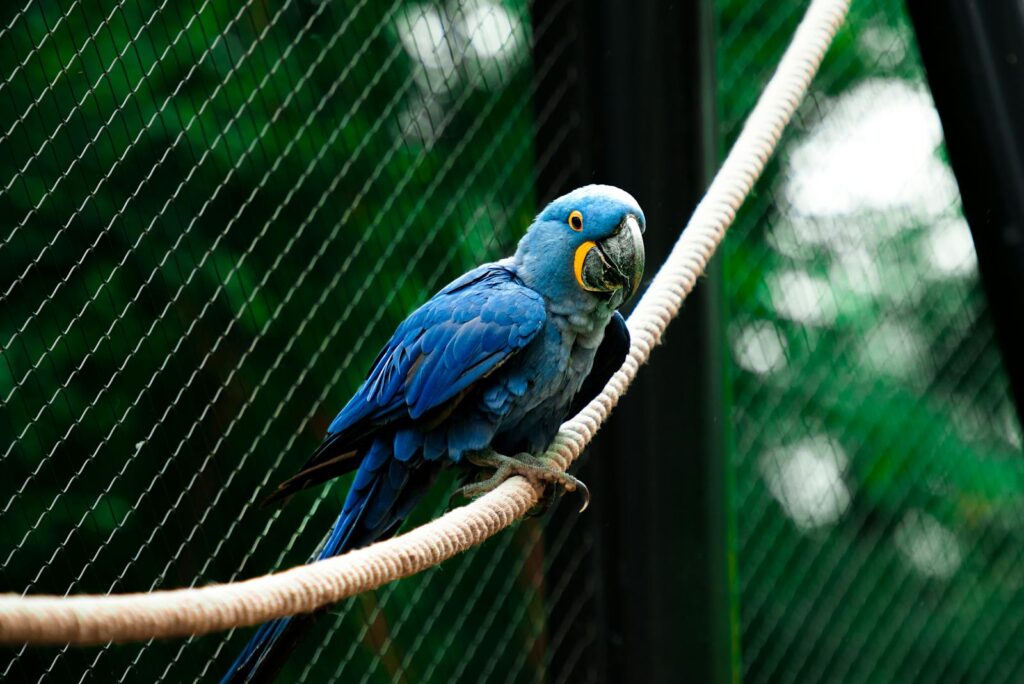
Wearable blinds represent the ultimate in portability for wildlife photographers who prioritize mobility or photograph in locations where traditional blinds prove impractical. These innovative systems include ghillie-style suits, poncho blinds, and specialized camouflage wraps that effectively transform the photographer into a mobile blind. Premium options from manufacturers like HECS and Tragopan offer remarkable concealment while maintaining freedom of movement, with specialized designs accommodating camera equipment with minimal interference. The primary advantage lies in the ability to slowly stalk subjects or quickly reposition without the setup/breakdown cycle required by traditional blinds. Advanced wearable systems incorporate specialized face screens or mesh viewing areas that allow clear photography while keeping the photographer’s face concealed – a crucial feature since birds often react strongly to the human face and eyes. For photographers working in dense forests or constantly changing locations, wearable systems often prove more practical than any stationary solution.
Ultralight Blinds for Backcountry Photography
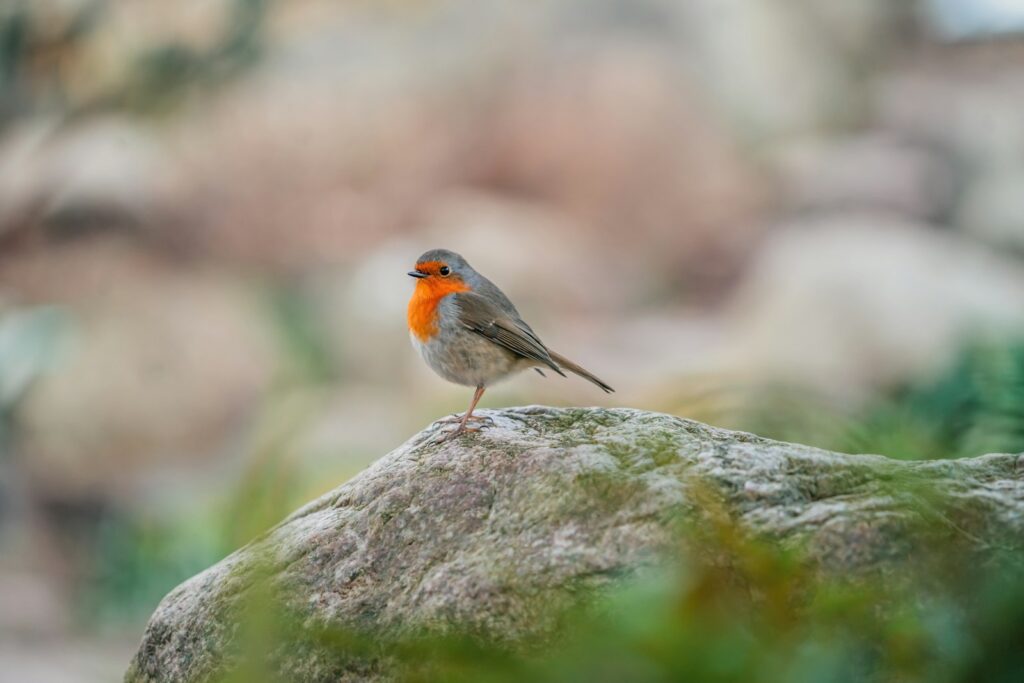
For photographers venturing deep into wilderness areas, specialized ultralight blinds offer essential concealment while minimizing weight burdens during long treks. These purpose-built systems typically weigh under 3 pounds and compress to remarkably small packages comparable to backpacking tents, making them feasible additions to already-heavy camera equipment loads. Manufacturers like LensCoat and Outdoorsmans have developed proprietary ultralight materials that maintain adequate durability and weather resistance while dramatically reducing weight compared to standard blinds. These minimalist designs often utilize trekking poles (which many backcountry photographers already carry) as structural supports, eliminating the need for dedicated poles. While ultralight blinds necessarily sacrifice some features and interior space, they make remote wildlife photography possible in locations where carrying conventional blinds would be prohibitive. For specialized applications like alpine bird photography or documenting species in remote wetlands, these ultralight options represent the only practical solution.
Beach and Wetland Specialized Blinds
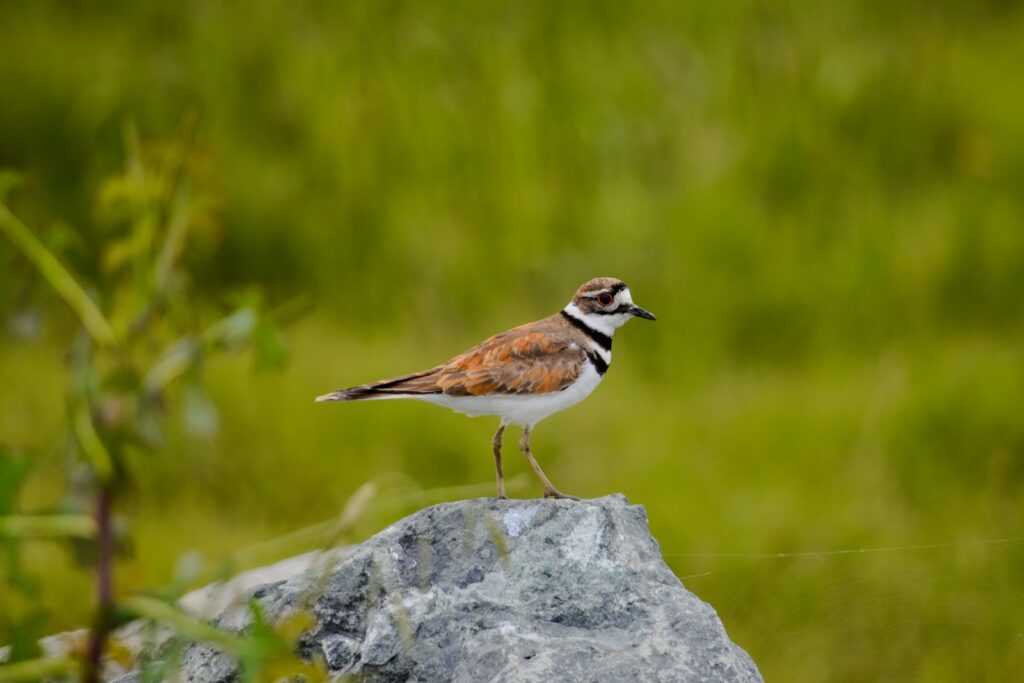
Photographing shorebirds and waterfowl presents unique challenges that have inspired specialized blind designs for beach and wetland environments. These specialized blinds feature waterproof floor systems, extended ground stakes or sand anchors, and materials selected specifically to withstand corrosive saltwater environments. Premium options include float-capable pontoon bases that allow positioning in shallow water, creating opportunities for eye-level photography of wading birds that would be impossible with conventional blinds. Manufacturers like Aqua-Vu and specialized models from LensCoat incorporate drainage systems to manage water intrusion during incoming tides or rain, while maintaining essential camera ports at both standing and seated heights for maximum shooting flexibility. The specialized construction of these blinds necessarily increases their cost compared to general-purpose options, but for photographers focusing on aquatic birds, the specialized features prove invaluable. These purpose-built systems create photography opportunities with species that remain perpetually vigilant against human presence under normal circumstances.
DIY and Budget-Friendly Options
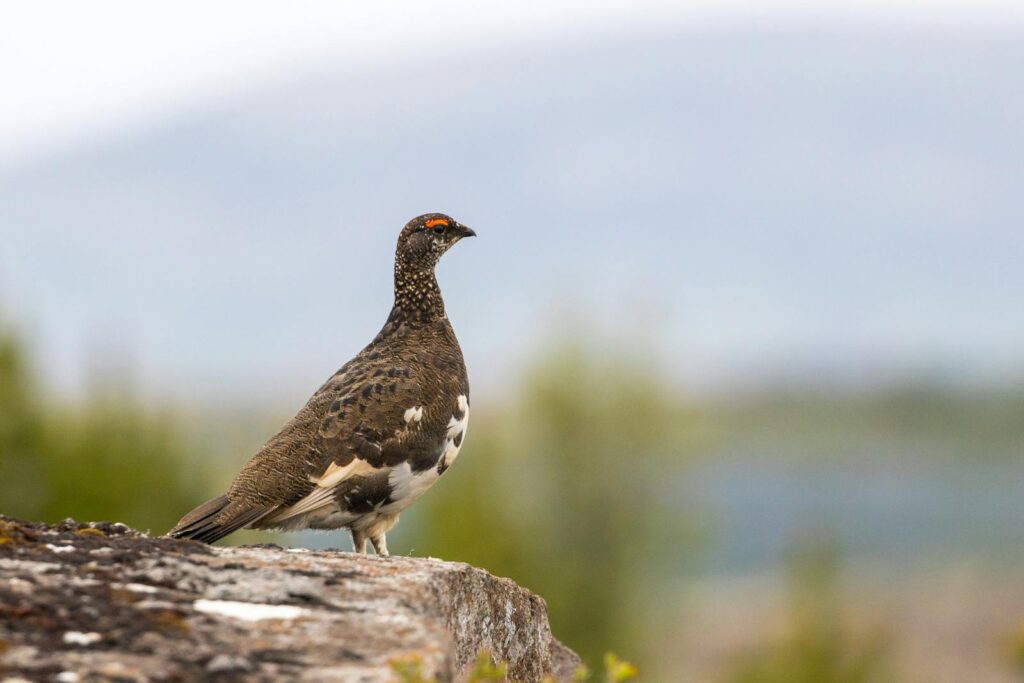
For photographers with limited budgets or specific custom requirements, DIY blind construction offers a viable alternative to commercial products. Numerous online resources provide detailed plans for constructing portable blinds using readily available materials like PVC pipe, ripstop nylon fabric, and camouflage netting for total costs ranging from $50-150. Beyond cost savings, DIY construction allows complete customization of dimensions, viewing port placement, and specific features tailored to individual shooting styles or local environments. Many photographers successfully adapt camping tents by adding camouflage covers and modifying windows for camera access, creating functional blinds at significantly reduced costs. Simple options like camouflage photography cloaks can provide adequate concealment for under $40, particularly when combined with natural cover. While DIY solutions typically require more maintenance and may lack the refined features of commercial blinds, they enable photographers to begin wildlife documentation without significant initial investment.
Blind Accessories and Enhancements
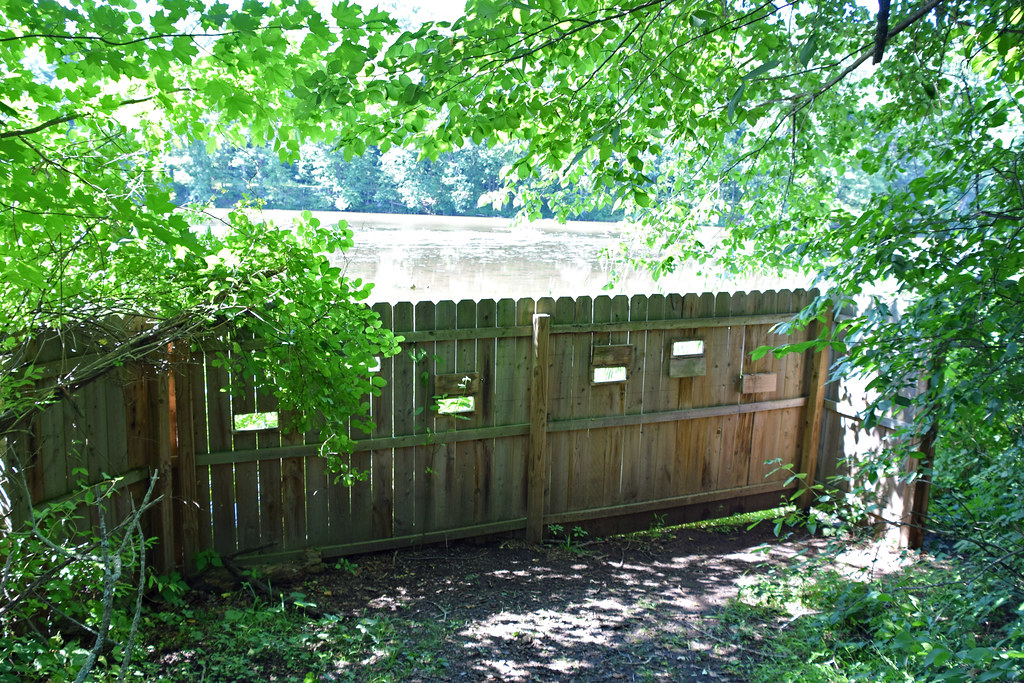
Supplementary accessories can dramatically improve the functionality and comfort of any portable blind system during extended photography sessions. Specialized seating ranges from ultralight packable stools to swiveling hunting chairs with backrests, providing stable shooting platforms while minimizing fatigue during long waits. Climate management accessories include small battery-powered fans for summer use, portable propane heaters for winter sessions, and specialized ground pads that provide insulation from cold or damp surfaces. Advanced photographers often incorporate external microphones with weatherproof covers to capture bird calls alongside images, creating more complete documentation of species behavior. Equipment organization systems including interior mesh pockets, lens holders, and specialized camera mounting brackets, help maintain silent operation when changing positions or equipment. While high-quality accessories add cost to the overall system, they significantly extend usable shooting time by enhancing comfort, particularly in challenging weather conditions.
Setting Up Your Blind for Optimal Results
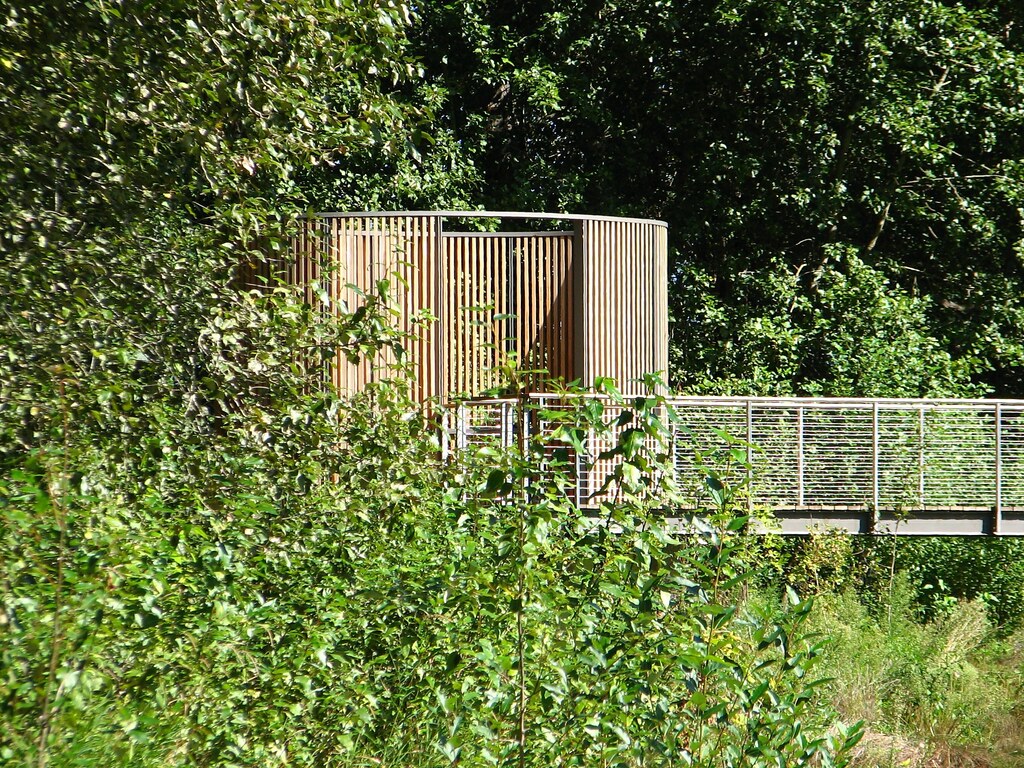
Proper blind placement and setup dramatically influence photography success, requiring careful consideration of multiple environmental factors. Experienced photographers recommend setting up blinds well in advance of planned shooting sessions whenever possible, allowing birds to acclimate to the structure’s presence before human occupation. Position selection should account for prevailing wind direction (ideally placing the blind downwind from likely bird activity), sun angle throughout the intended shooting period, and natural features that might channel or concentrate bird movement. Enhancing blinds with local vegetation can dramatically improve concealment, though care must be taken to avoid damaging plants or creating unnatural arrangements that might actually increase bird suspicion. Inside the blind, organize equipment for silent access, minimize unnecessary movement, and consider using black fabric or paint to darken the interior and reduce visible movement through openings. These preparation steps often make greater differences in photography success than the specific blind model itself.
Top Recommended Portable Blinds for Different Budgets
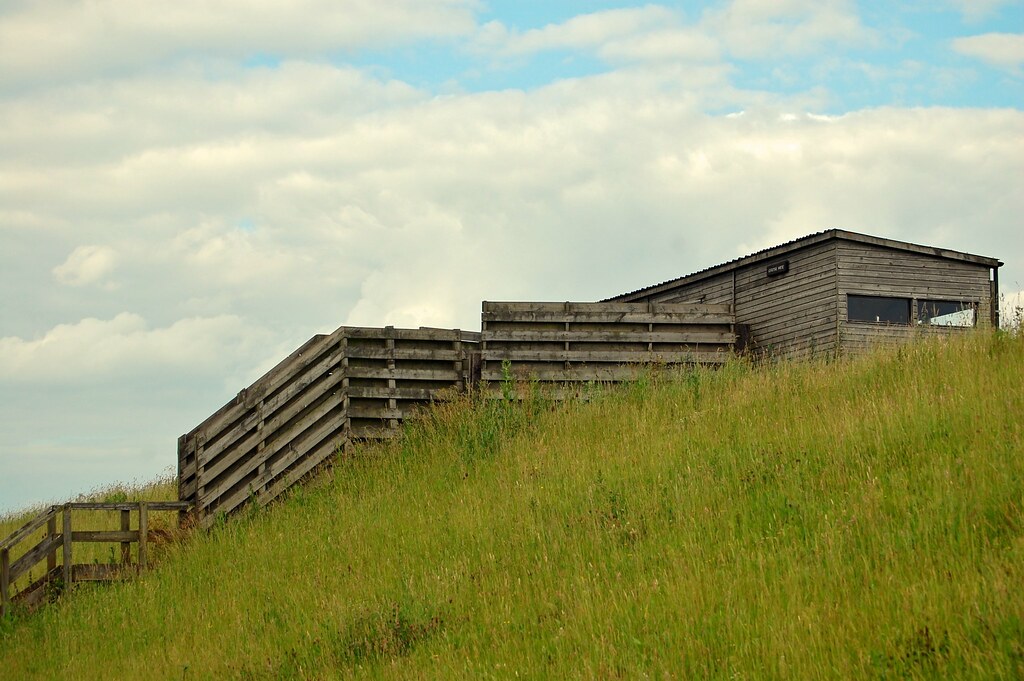
The portable blind market offers quality options across various price points, allowing photographers to select models aligned with their budget and commitment level. In the entry-level category ($75-150), the Ameristep Care Taker Hub and Primos Double Bull Stakeout provide reliable performance with basic features sufficient for beginning wildlife photographers. Mid-range options ($200-350) include the Xenek Solo Plus and LensCoat LensHide, offering significant upgrades in materials, viewing ports, and weather resistance that satisfy serious enthusiasts. Premium blinds ($400-800) like the Tragopan V6 Lightweight and Outdoorsmans Photography Blind incorporate professional-grade components, sophisticated viewing systems, and exceptional durability designed for photographers who regularly spend extended periods photographing birds. At the specialized professional level ($800+), options like the Tragopan Monal Multi-Environment System and custom-built Outdoorsmans packages offer modular systems adaptable to virtually any environment with the highest quality materials and engineering. Each price category represents a meaningful step up in capabilities, comfort, and longevity.
Ethical Considerations in Bird Photography
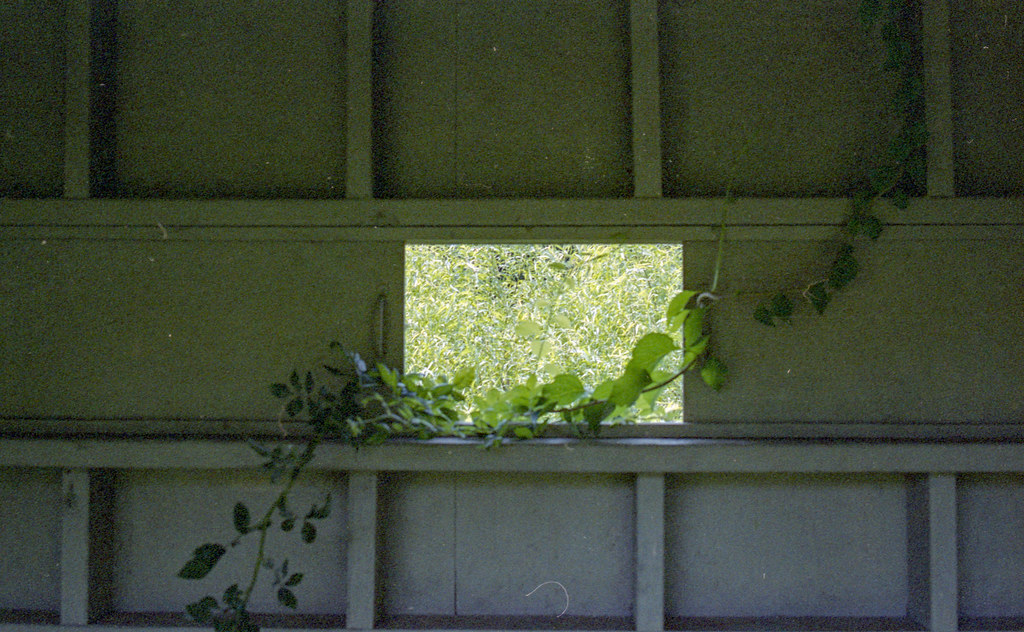
While blinds help minimize disturbance to birds, ethical wildlife photography requires additional considerations beyond simply concealing human presence. Responsible photographers maintain appropriate distances from nests and sensitive habitat areas, particularly during breeding seasons when bird stress can impact reproductive success. Conservation organizations like Audubon and professional wildlife photography associations have developed detailed ethical guidelines addressing acceptable approaches to different species based on their conservation status and sensitivity to human presence. Many locations, particularly wildlife refuges and sanctuaries, maintain specific regulations regarding blind placement and use that supersede general guidelines. Photographers should always prioritize animal welfare over capturing specific images, being willing to abandon photography attempts if birds show signs of stress despite blind use. This ethical approach not only protects bird populations but also preserves photography opportunities for future generations by maintaining healthy wildlife communities accustomed to benign human presence.
Selecting the right portable bird blind represents a significant decision for wildlife photographers, balancing factors of portability, concealment, comfort, and functionality based on individual shooting styles and local environments. The diverse options available today – from ultralight backcountry systems to specialized wetland blinds – demonstrate how this essential tool has evolved to meet the needs of different photographic specialties. By investing in a quality blind appropriate for your specific requirements, you create opportunities to document intimate bird behavior that would remain inaccessible to photographers without proper concealment. Whether pursuing bird photography as a professional career or personal passion, the right portable blind serves as a gateway to a deeper connection with avian subjects and the creation of compelling images that showcase their natural beauty and behavior.
